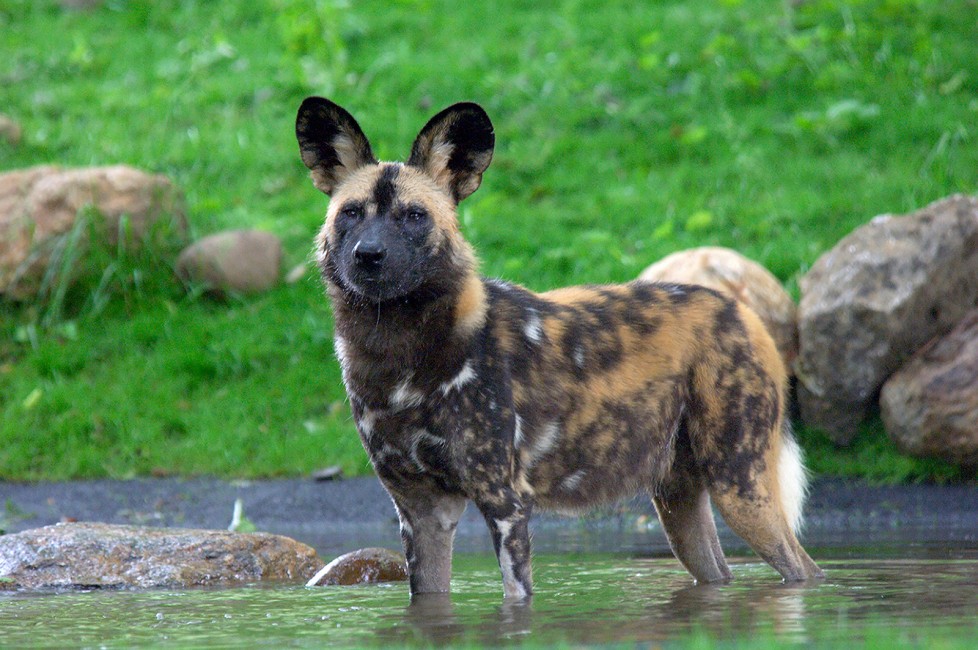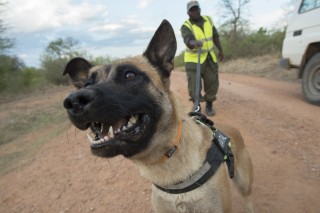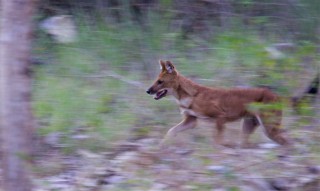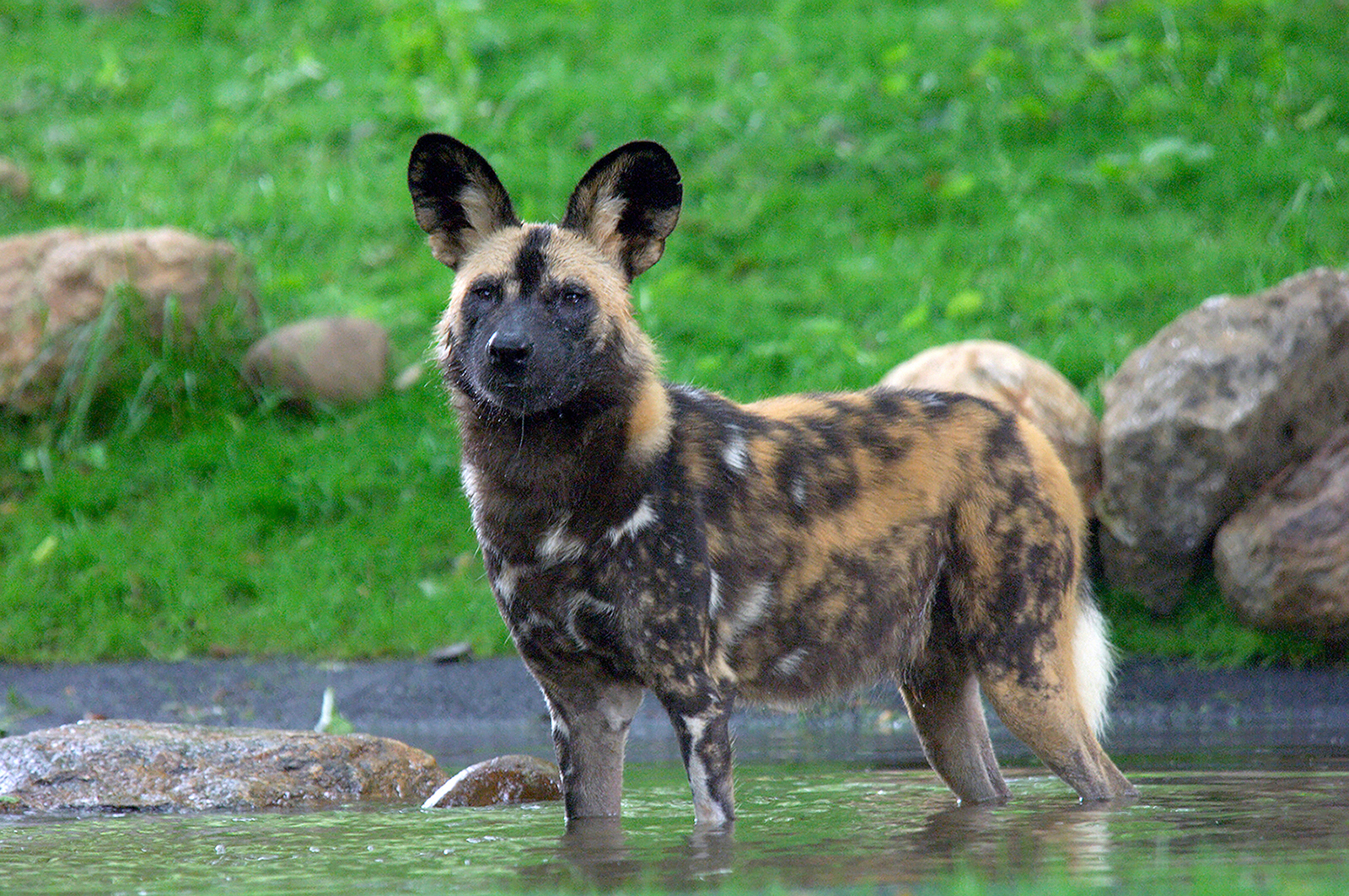
July 25, 2020
African Wild Dogs: Cunning Canines
- as seen by -
 Joe Nappi
Joe Nappi
Powerful, stealthy, cooperative: all words that come to mind when laying eyes upon a pack of African wild dogs. These visually striking canids are often referred to as painted dogs due to their mottled, blotched markings of blacks, beiges, whites, yellows, and browns – the coat pattern being unique to each individual dog. In fact, their scientific name, Lycaeon pictus, means “painted wolf”. While these “dogs” may look like other canids such as wolves, coyotes, and domestic dogs, they are all members of the Canis genus while African wild dogs are the only living representative of the Lycaeon genus. Some of the main differences between African wild dogs and other canids are their oversized ears and lack of dewclaws as well as several differences in their dentition.
African wild dogs are considered to be the most successful predators in Africa. While other large carnivores such as lions have an average hunting success rate of around thirty percent, African wild dogs are successful over eighty percent of the time. This is due in part to the stamina of this species to follow prey for long distances, but also because of the unique hunting strategy of these cunning canines. Each member of the hunting group will have a specific job such as waiting in a designated area to relieve a tired pack member during the chase. Other pack members cut off and block prey from leaving the area and guide them toward other dogs waiting in ambush. Once a prey species is taken down, the pack will consume the kill as quickly as possible to avoid having lions or other scavengers try to steal their meal. The pack members will then come back and regurgitate food for any puppies and adults that stayed behind including dogs that might be ill or injured that could not take part in the hunt.
African wild dogs are currently listed as endangered by the IUCN Red List of Threatened Species, with only about 6,600 individuals living in fragmented populations throughout the open grasslands, woodlands, and scrub lands in sub-Saharan Africa. The main threats that face this species are habitat loss, conflict with farmers that blame wild dogs for livestock predation, and disease. The Wildlife Conservation Society has worked to study canine distemper in wild dog populations throughout Africa and help to protect critical dog habitat. WCS’s Bronx Zoo has had one of the most successful breeding programs for this endangered species and currently has a new breeding group of three individuals. Be sure to stop by the African Plains area of the zoo on your next visit to see this striking species up close.
EDITOR’S NOTE: It’s National Zookeeper Week! Thanks to our keepers that care for the animals at WCS’s parks. We are grateful for the work they do.
Nikon




Leave a Comment